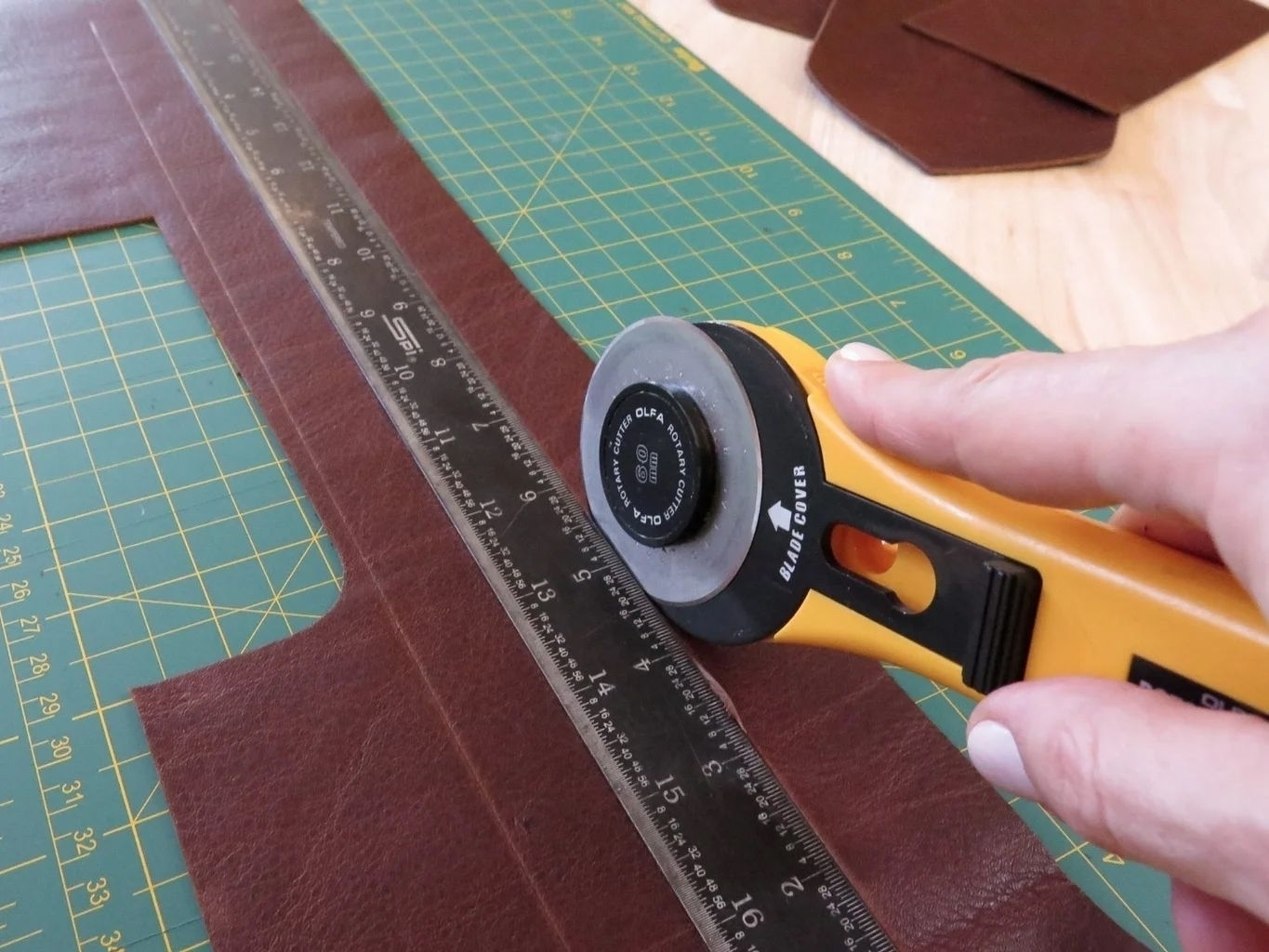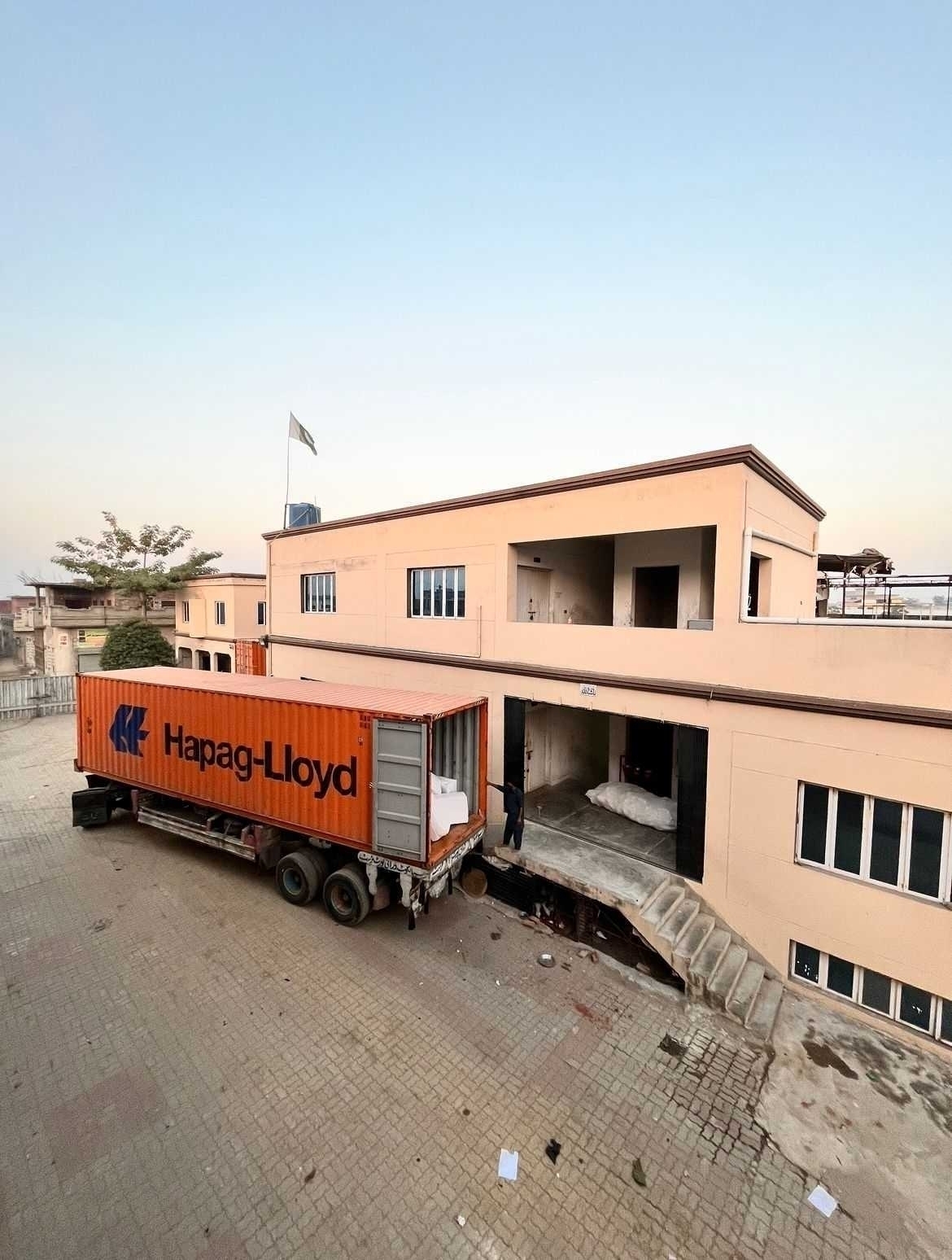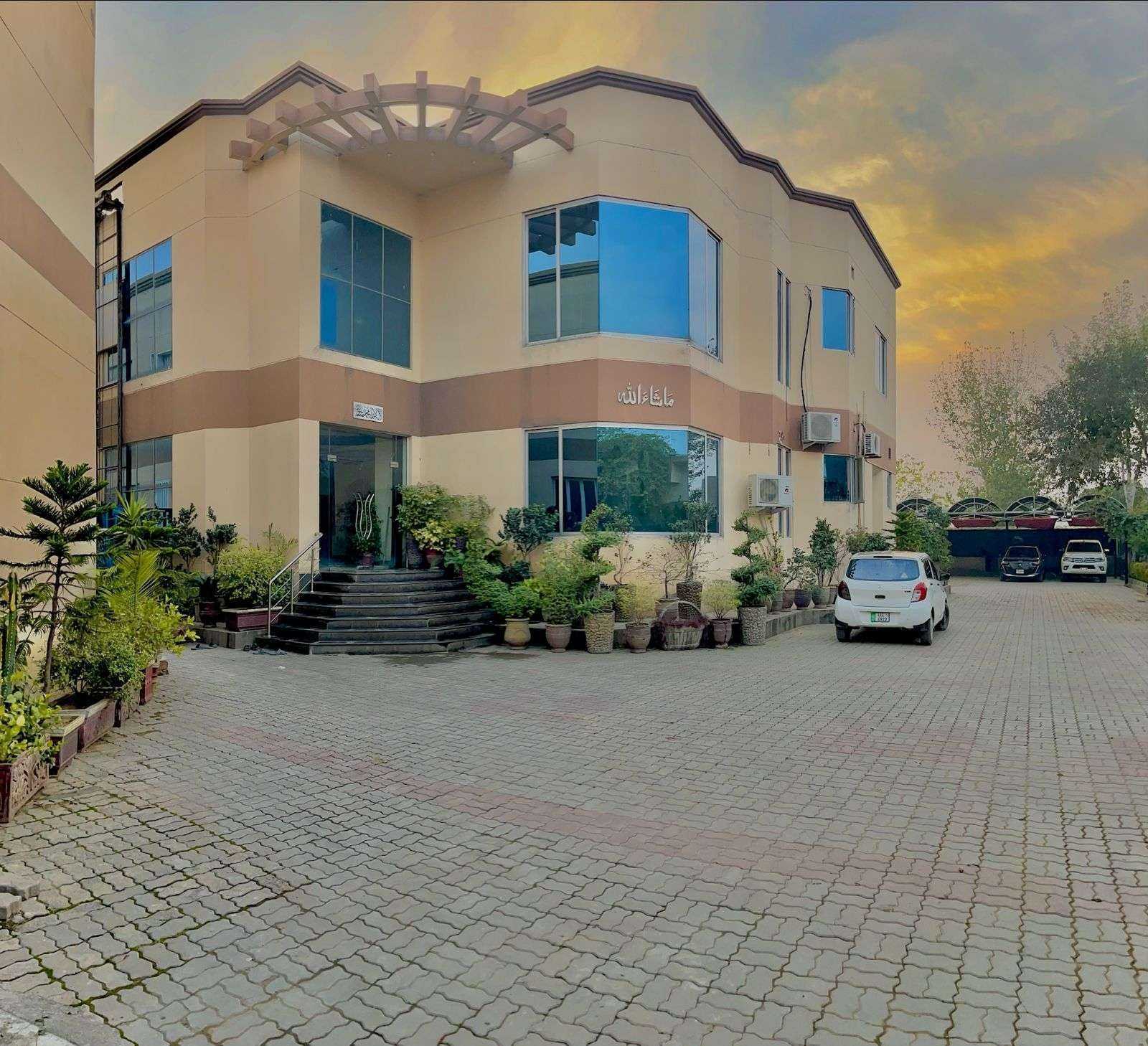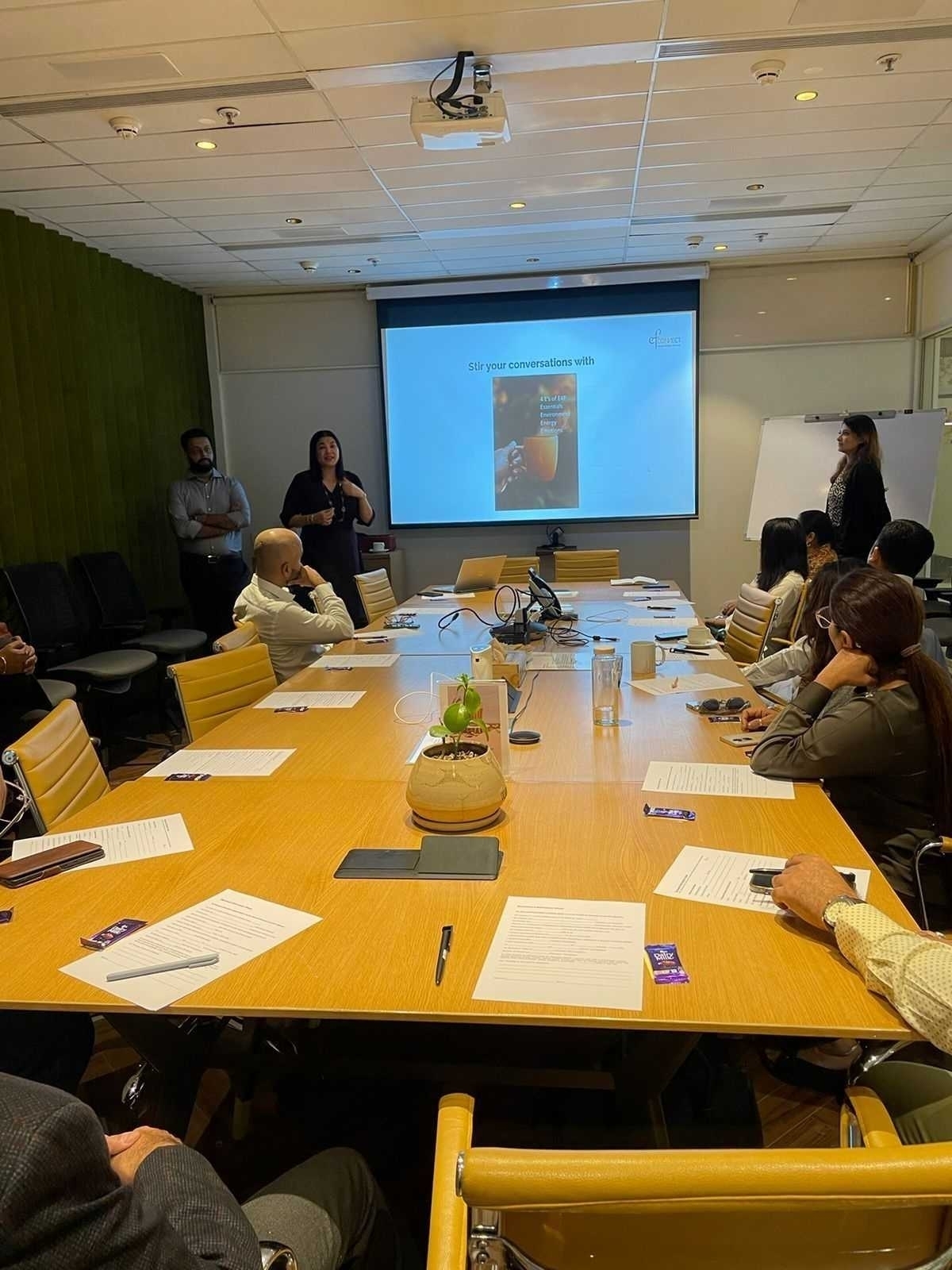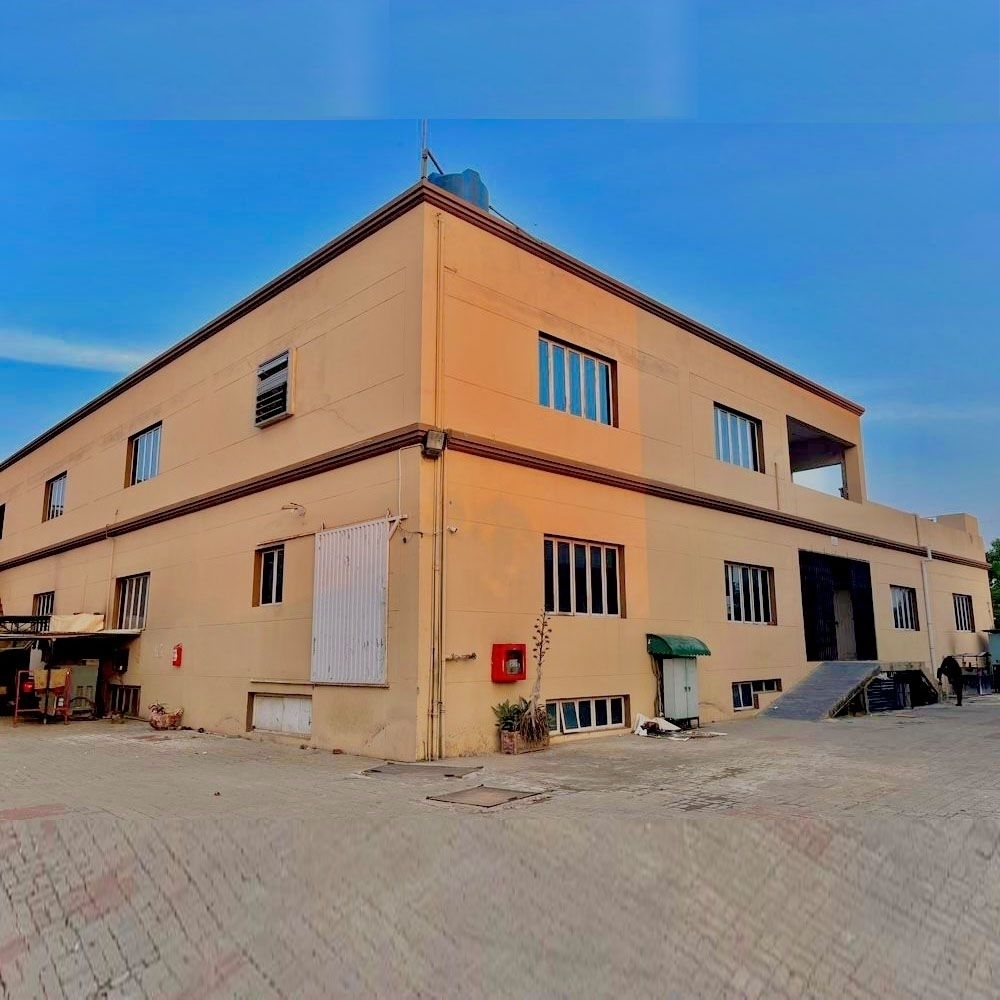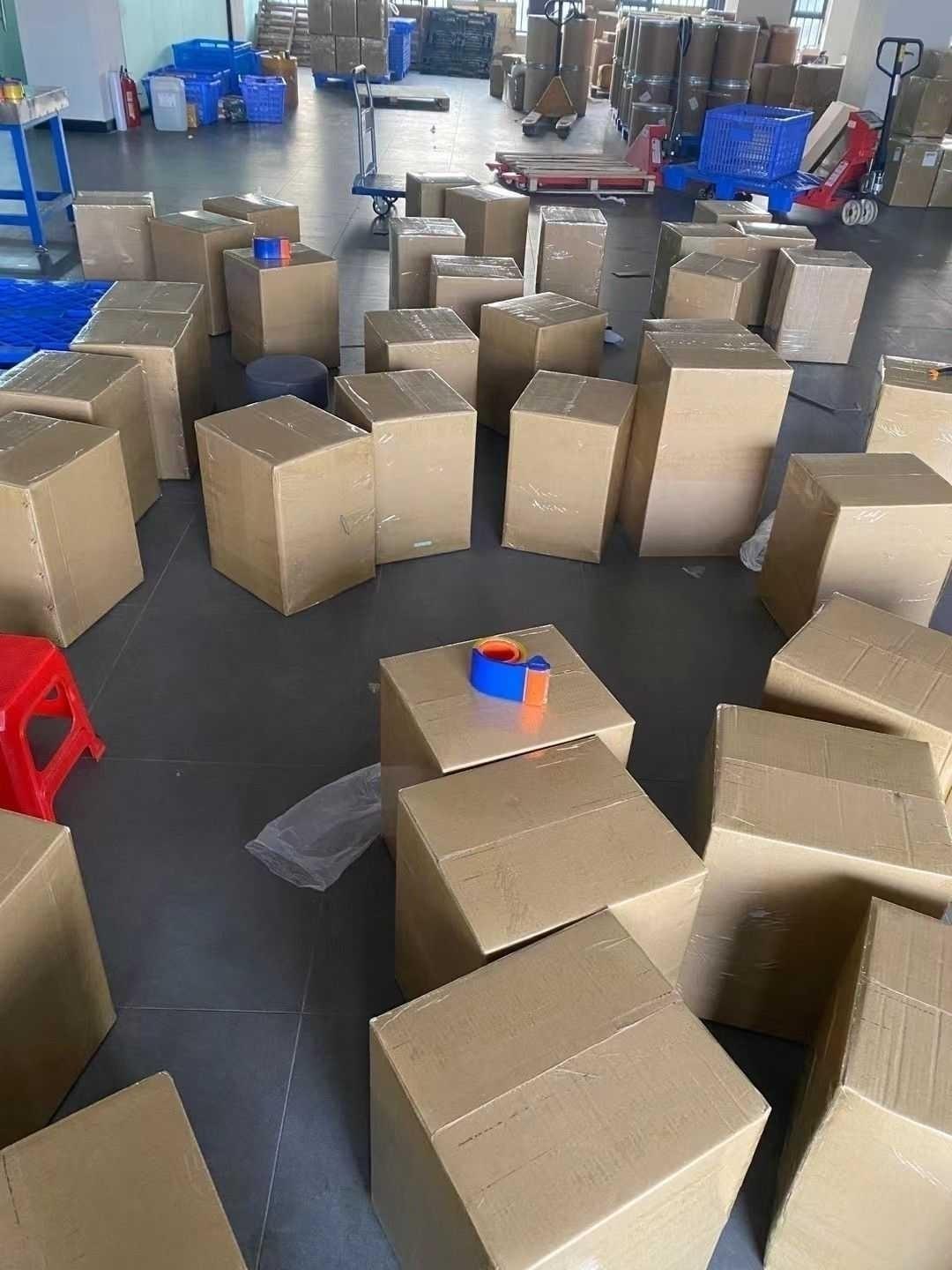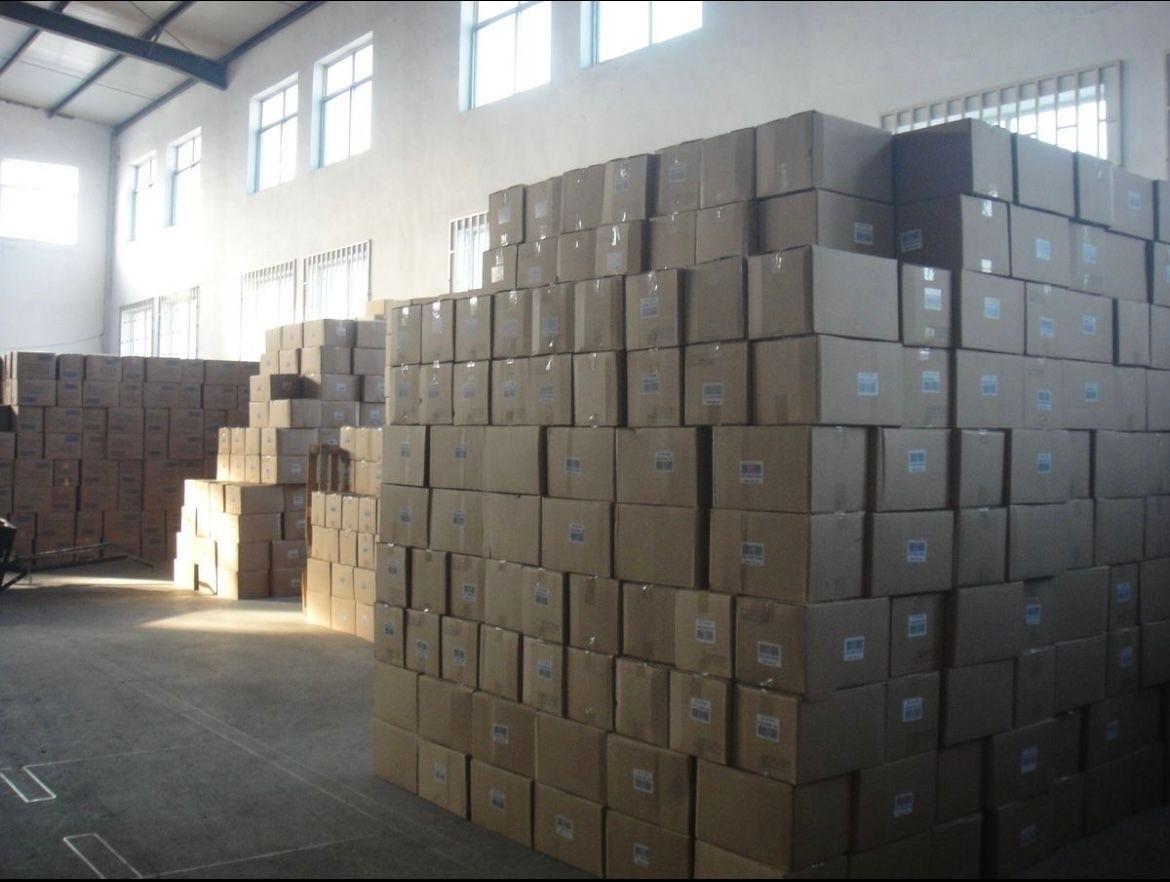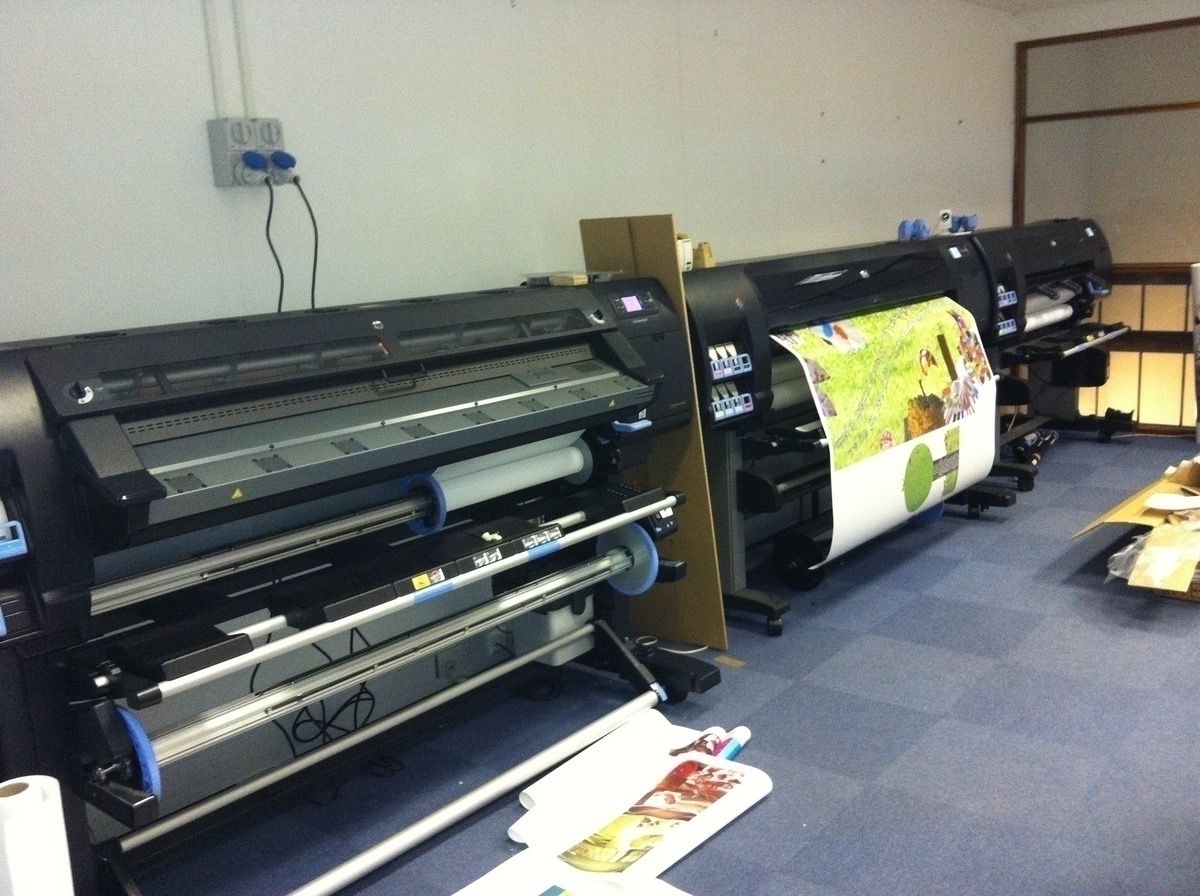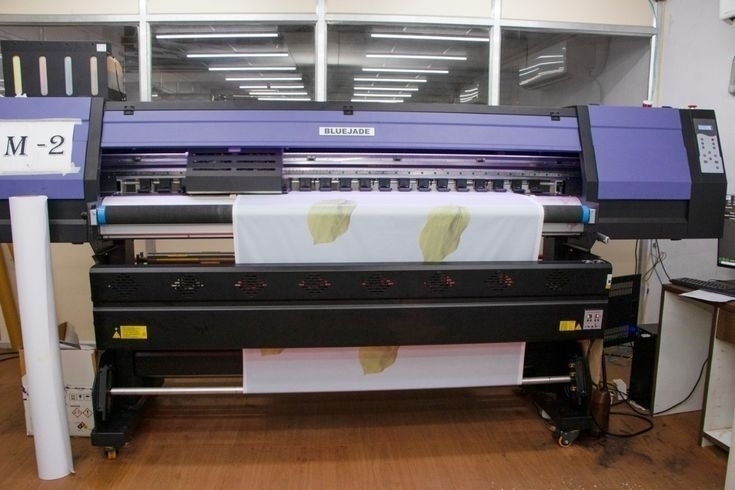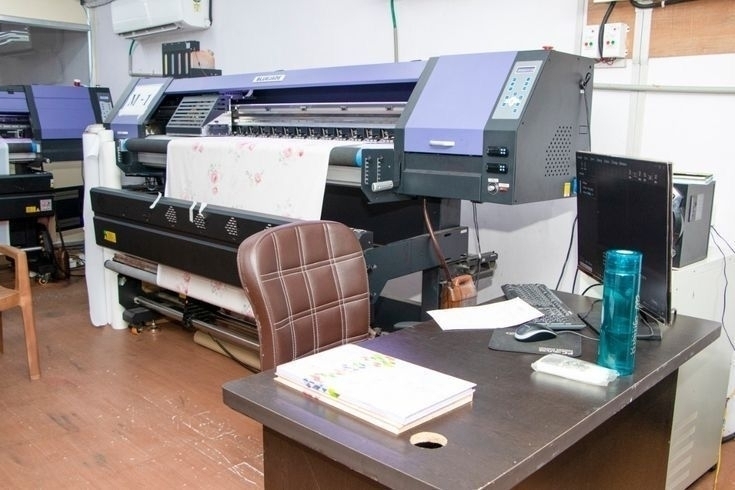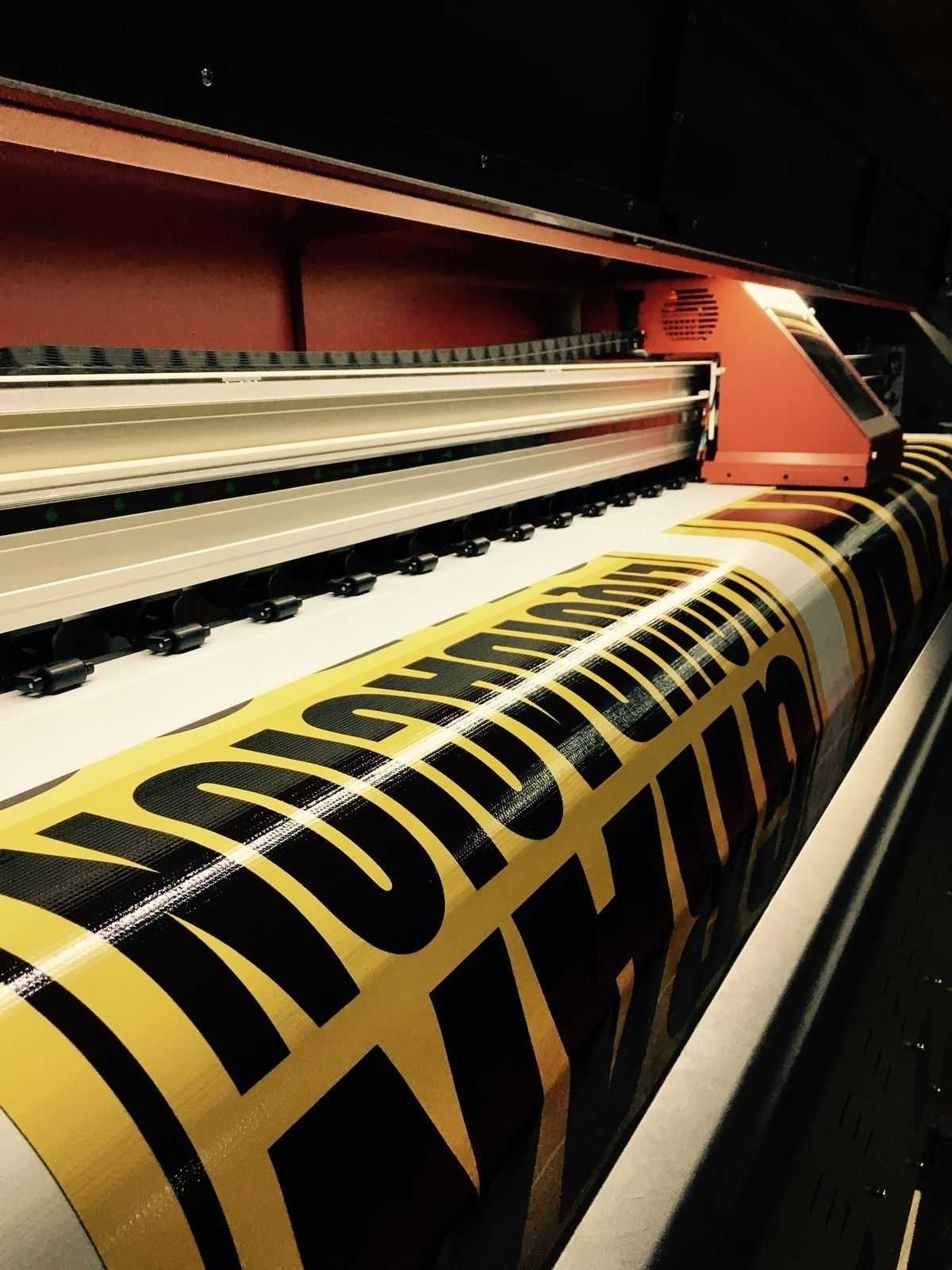Pattern Making And Cutting
- - Pattern Making And Scanning
- - Ggt Paper Pattern
- - Cake Cutting
- - Manual Cutting
- - Cutting After Sublimation
Fabric Material
In sports manufacturing, fabric materials are selected for their durability, flexibility, moisture-wicking, and breathability. Popular materials include polyester, nylon, spandex, and specialized blends that offer comfort, stretch, and resistance to wear and tear, making them ideal for intense physical activity.
- Polyester: Durable, lightweight, moisture-wicking, and quick-drying.
- Nylon: Strong, abrasion-resistant, and flexible for activewear and accessories.
- Spandex (Lycra): Highly elastic for stretch, comfort, and fit.
- Cotton Blends: Soft and breathable, often blended with synthetic fibers for better performance.
- Mesh Fabric: Provides ventilation, keeping the user cool during activity.
- Microfiber: Soft, lightweight, and excellent for moisture control.
- Recycled Fabrics: Eco-friendly options, often made from recycled plastics.
Each fabric is chosen to meet the specific demands of sports products, balancing comfort, performance, and durability.
Stitching Process in Sports Manufacturing
The stitching process is a critical stage in sports manufacturing, where materials like synthetic leather, polyester, and other durable fabrics are meticulously assembled to create high-performance sports equipment. This process starts with the precise cutting of fabric or leather pieces according to specific patterns to ensure a consistent fit and quality.
Office Unit & HR
Office Unit
The Office Unit in a sports manufacturing company handles essential administrative tasks, coordination, and support across departments to ensure smooth operations. This unit manages schedules, maintains records, supports communication, and ensures compliance with company policies.
- Administration: Manages day-to-day operations, scheduling, and documentation.
- Communication: Coordinates between departments and handles internal communications.
- Record Keeping: Maintains records of operations, inventories, and other critical data.
- Compliance: Ensures adherence to company policies and industry regulations.
- Support Services: Provides support for meetings, logistics, and facility management.
--------------------------------------------------------------------------------------------------------------------------------------------------------------------------------------------
Human Resources (HR)
The HR department is responsible for managing personnel needs, ensuring a productive work environment, and supporting employee development and satisfaction.
- Recruitment & Hiring: Manages the hiring process, from job postings to interviews and onboarding.
- Employee Training: Develops training programs to improve skills and knowledge.
- Performance Management: Conducts evaluations, feedback sessions, and performance reviews.
- Payroll & Benefits: Handles employee compensation, benefits, and leave management.
- Employee Relations: Ensures a positive workplace culture, resolves conflicts, and manages employee welfare.
- Compliance: Ensures company policies comply with labor laws and workplace regulations.
Both the Office Unit and HR are integral to maintaining operational efficiency and a supportive workplace culture in the company.
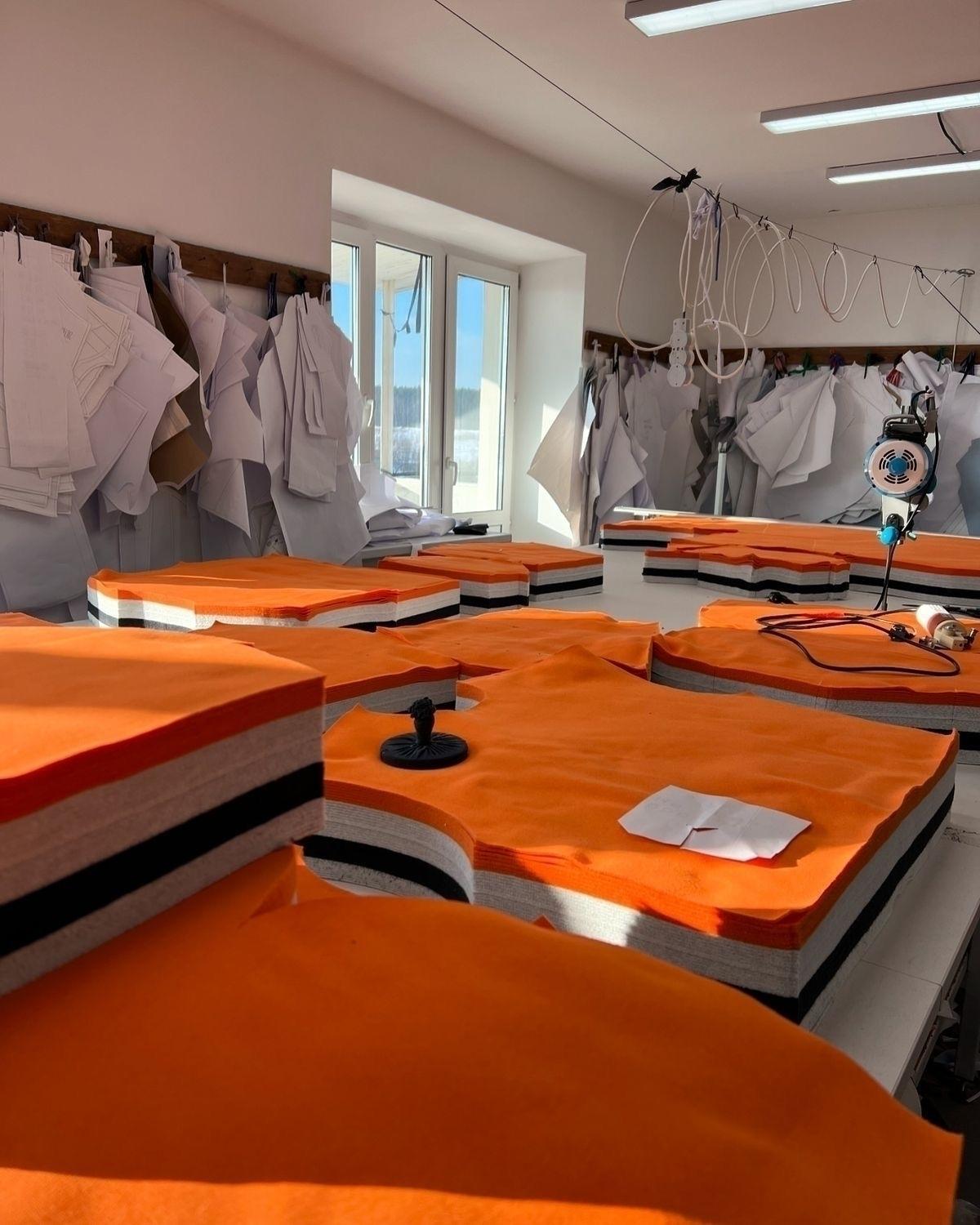
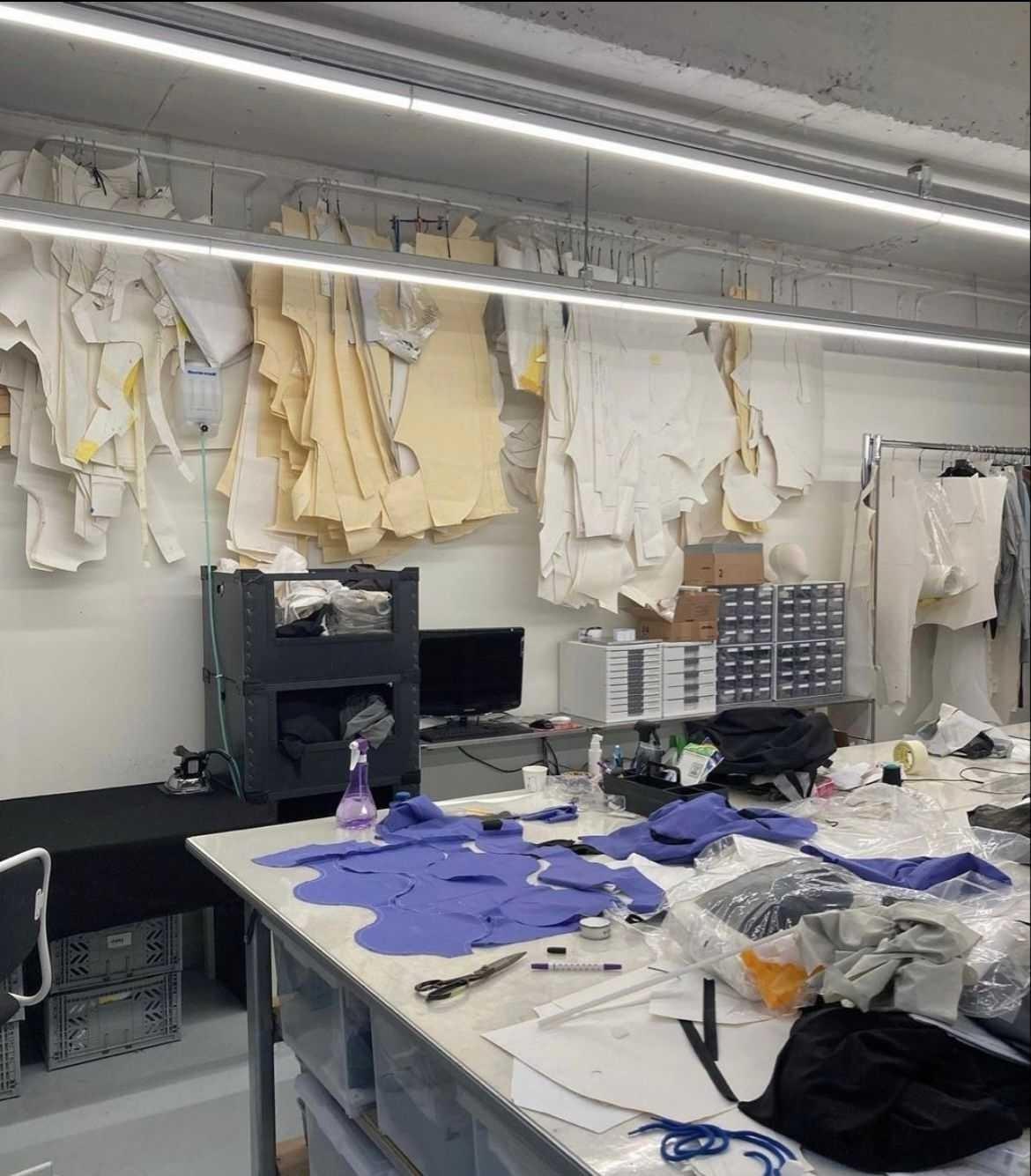
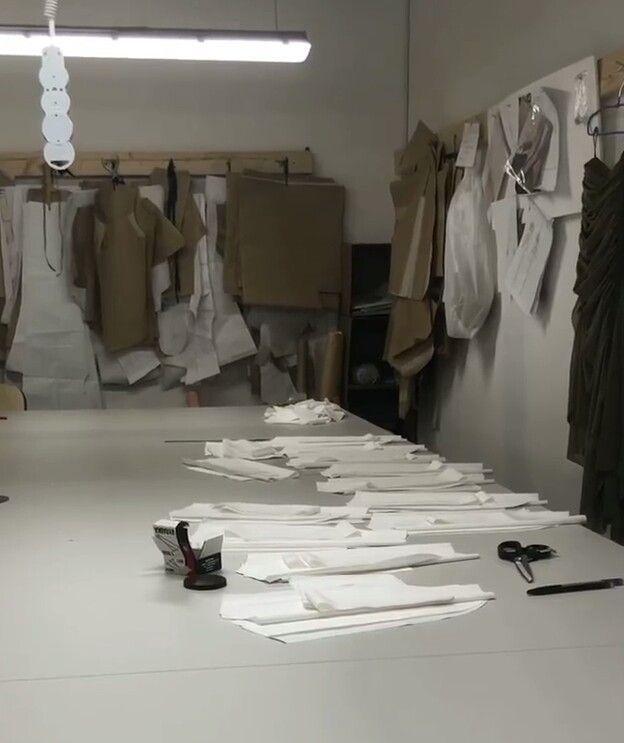
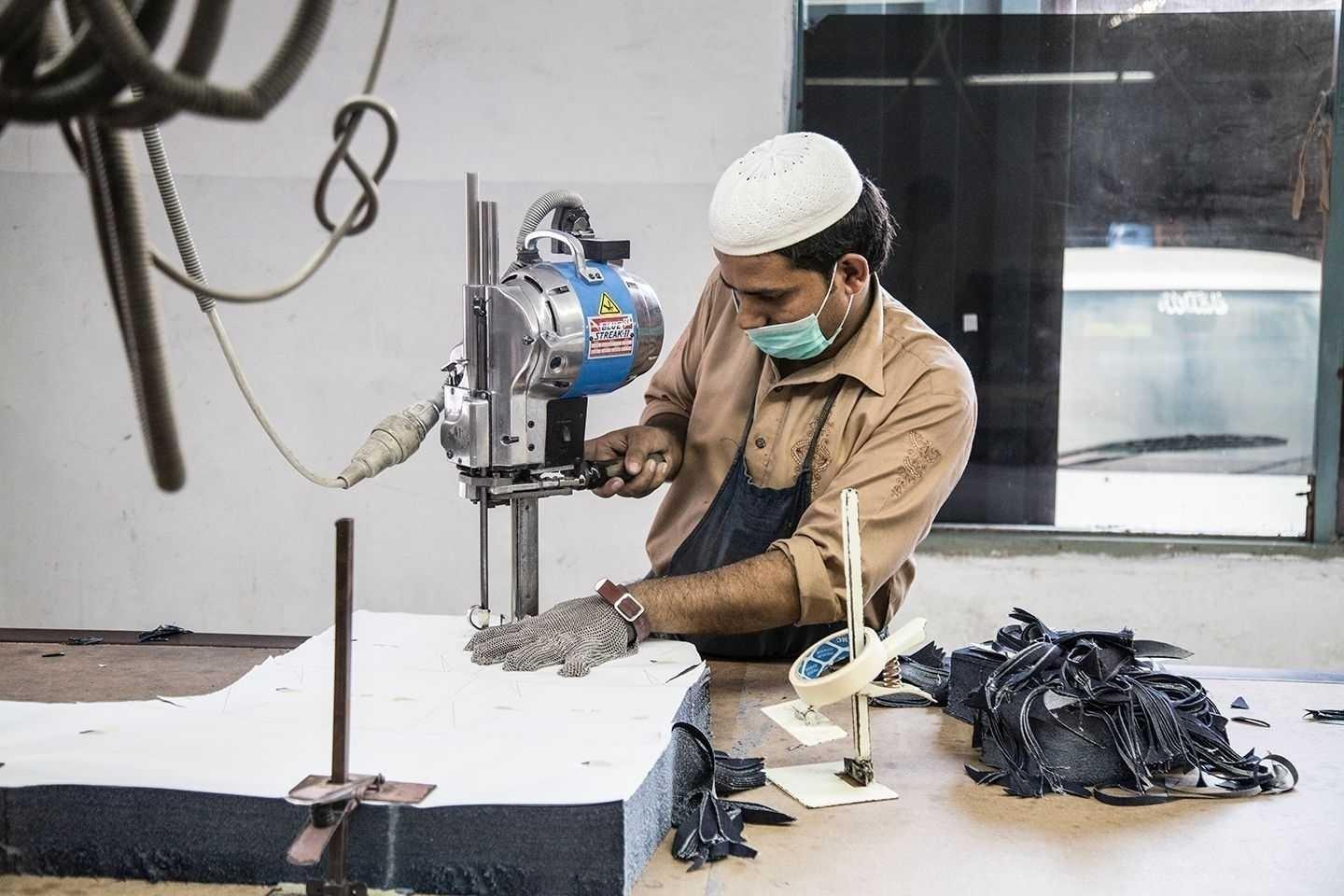
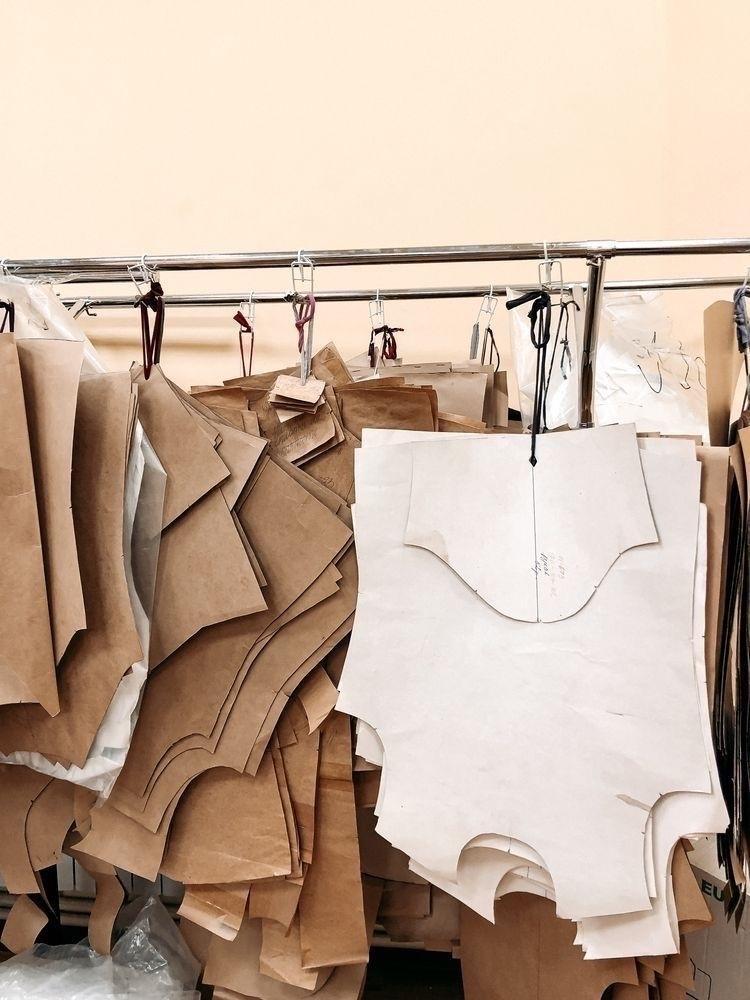

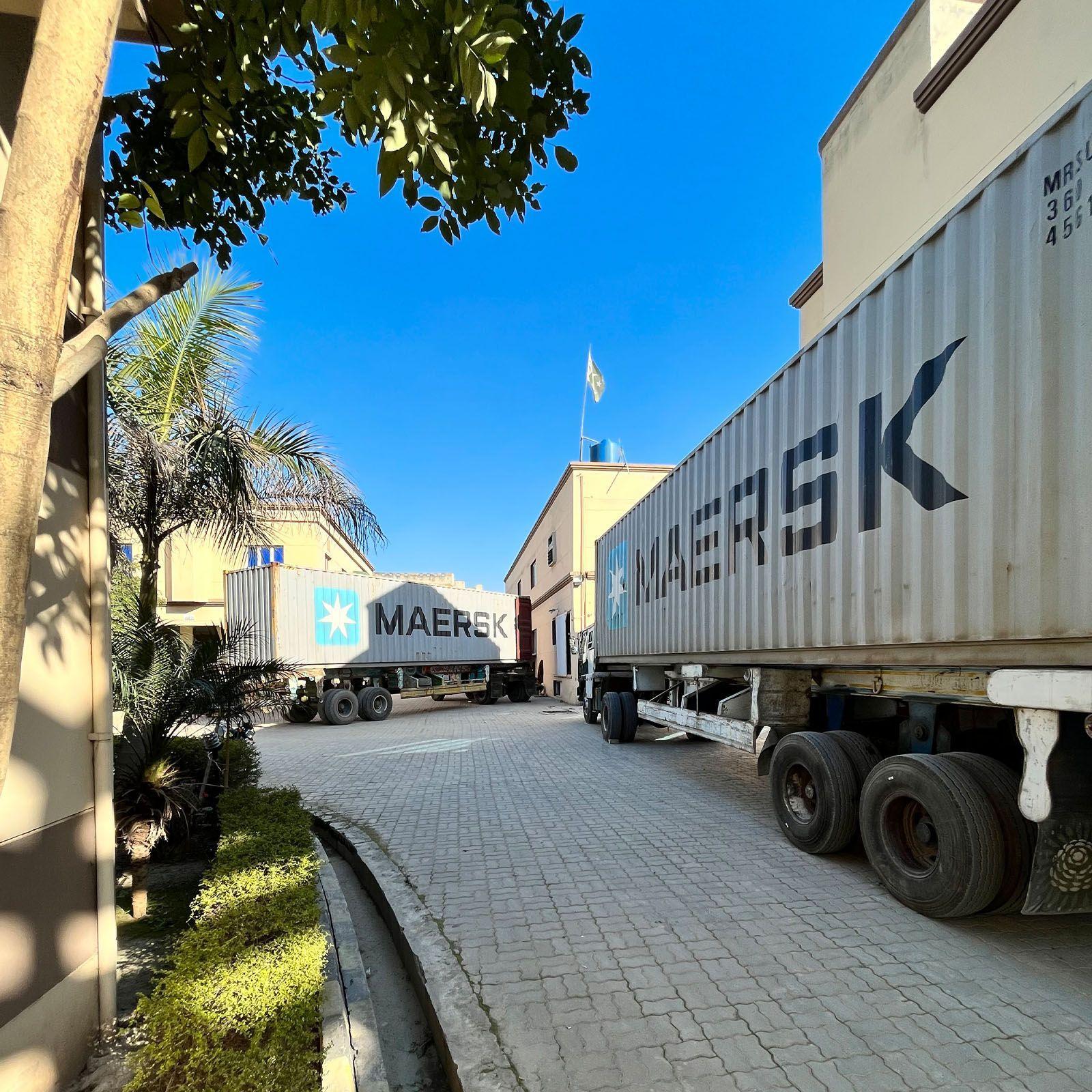
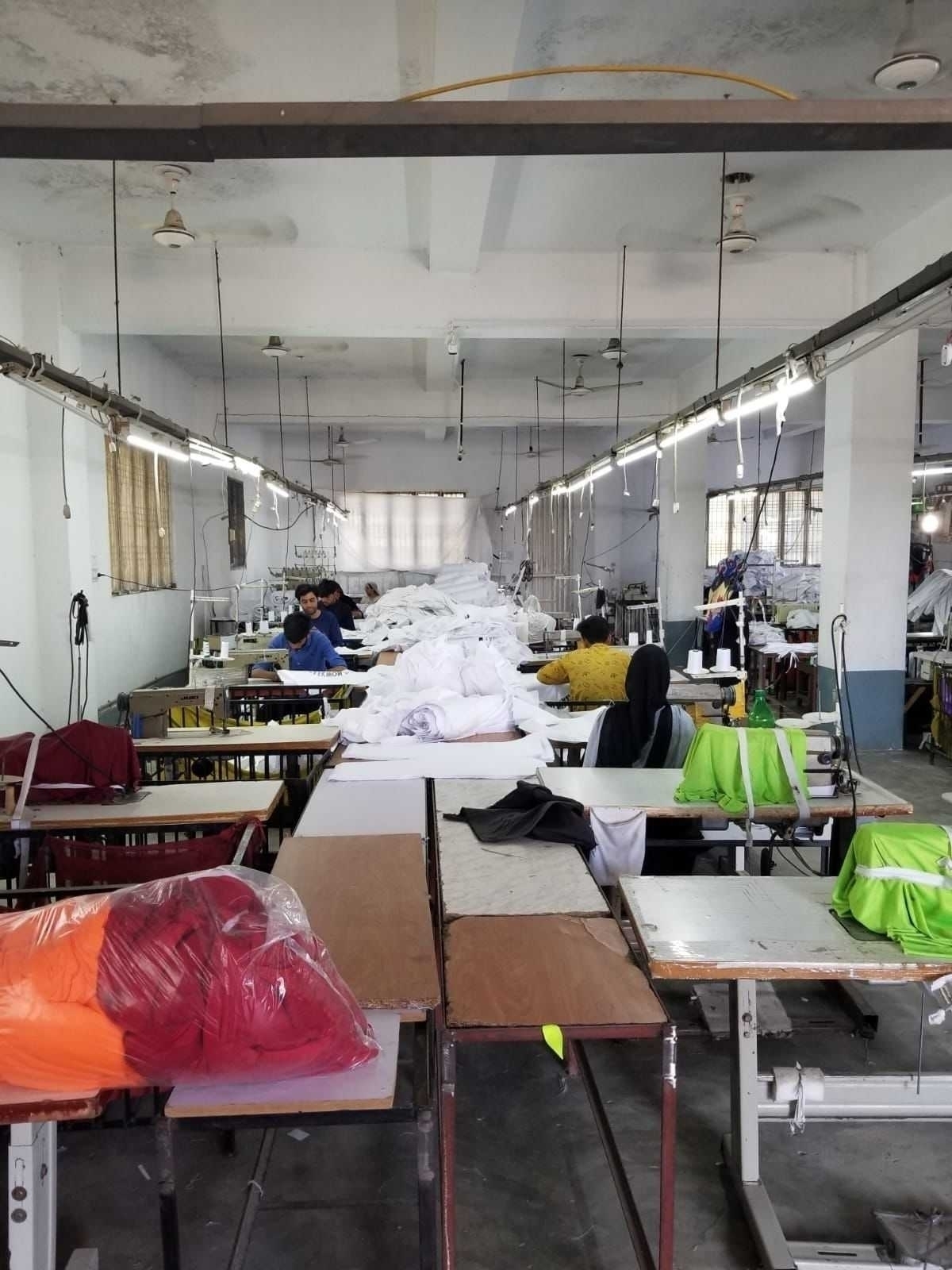
.jfif)
